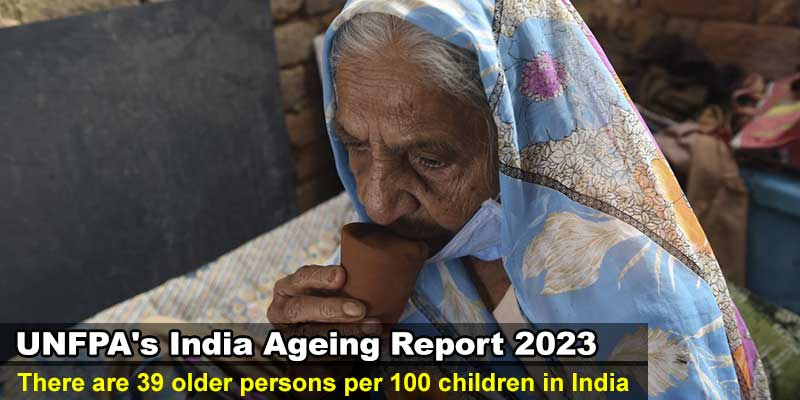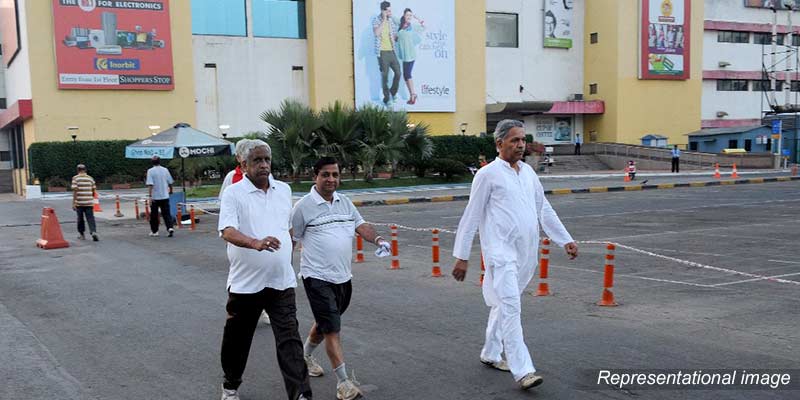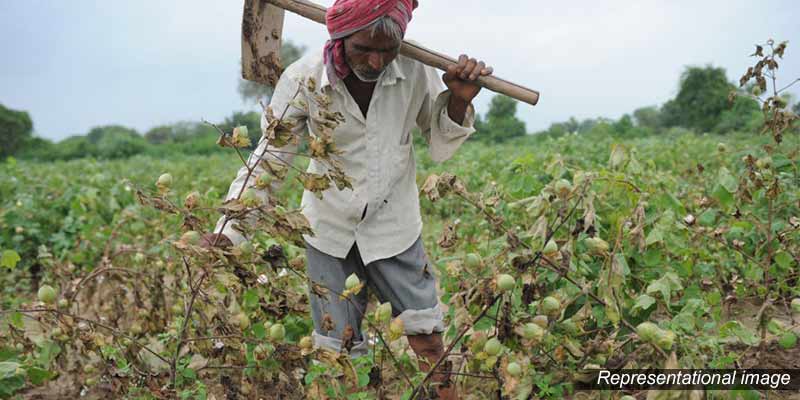- India
- Sep 30
Challenges of an ageing population
• Elderly population in India is expanding at an unprecedented rate and could surpass the children’s population by mid-century, according to ‘India Ageing Report 2023’ published by United Nations Population Fund (UNFPA).
• The report underlines that the young India will turn into a rapidly ageing society in the coming decades.
• There are 39 older persons per 100 children in India, according to 2021 population estimates.
Population of older persons is growing globally
• The global population is growing as well as ageing. The age structure of the population is changing owing to demographic transition with increasing levels of life expectancy and decreasing levels of fertility in almost all countries, leading to an increase in both the share and number of older persons across the world.
• Population ageing is associated with a rise in the proportion of population termed as ‘old’, usually at 60 or 65 years and above.
• Globally, there are 1.1 billion persons aged 60 years or above in 2022, comprising 13.9 per cent of the total population of 7.9 billion. Over the next three decades, the number of older persons worldwide is expected to double to 2.1 billion by 2050, with the share rising to 22 per cent of the total population. This increase in the number and share of older persons will be visible across all regions of the world.
• With longevity and declining fertility rates, the population of older persons (60 years and above) is globally growing faster than the general population.
• With a population of 649 million aged 60 years and above, Asia is home to about 58 percent of the global population of older persons. In the next three decades, the share of older persons in the total population (13.7 percent), and their absolute number will be doubled in Asia. There will be 1.3 billion older persons, constituting 25 per cent of the total population by 2050.
Ageing population in India
• There are 149 million persons aged 60 years and above in 2022, comprising around 10.5 per cent of the country’s population. By 2050, the share of older persons will double to 20.8 per cent, with the absolute number at 347 million.
• Sharp growth in the elderly population is observed from 2010 onwards along with a decline in the age group of below 15 years, indicating rapidity of ageing in India.
• Four years before 2050, the population size of the elderly in India will be higher than the population size of children aged 0-14 years.
• By that time, the population share of 15-59 years will also see a dip. Undoubtedly, the relatively young India today will turn into a rapidly ageing society in the coming decades.
• By the end of the century, the elderly will constitute over 36 per cent of the total population of the country.
• Three key demographic changes — declining fertility, reduction in mortality and increasing survival at older ages — contribute to population ageing.
• Preparing for the anticipated increase in the number of older persons and having the right policies and programmes for the well-being of the current and future older generations is one of the immediate priorities of the government and other relevant stakeholders.
State differentials
• At the national level, the share of the elderly population is projected to increase from 10.1 per cent in 2021 to 15 per cent in 2036.
• A distinguishing feature of ageing in India is the significant inter-state variation in absolute levels and growth of the elderly population, given the varying stages and pace of demographic transition across states. Consequently, there are considerable variations in the age structure of the population, including the ageing experience.
• Most of the states in the southern region and select northern states such as Himachal Pradesh and Punjab reported a higher share of the elderly population than the national average in 2021, a gap that is expected to widen by 2036.
• While states reporting higher fertility rates and lagging in demographic transition, such as Bihar and Uttar Pradesh, expect to see an increase in the share of the elderly population between 2021 and 2036, the level will remain lower than the Indian average.
Challenges of an ageing population
• The unprecedented rise in the ageing population will have significant implications for health, economy and society in India.
Three aspects of ageing that create significant challenges are:
i) Women living longer than men (feminisation) resulting in higher levels of widowhood.
ii) High proportion of rural population among the elderly (ruralisation).
iii) Ageing of the aged persons.
i) Feminisation
Gender disparities exist at all ages but when women become old, the consequences become more acute. Poverty is inherently gendered in old age when older women are more likely to be widowed, living alone, with no income and with fewer assets of their own, and fully dependent on family for support. Incidence of widowhood and higher life expectancy among older women are key demographic characteristics in India. Elderly widowed women are often alone with little support and also experience greater incidence of morbidities that are functionally restricting.
ii) Ruralisation
According to Census of India 2011, on an average, 71 per cent of older persons live in rural areas. In 2011, persons aged 60+ years comprised 8.8 per cent of the total rural population and 8.1 per cent of the total urban population. Large parts of rural India are still remote with poor road and transport access. Income insecurity, lack of access to adequate and quality healthcare and isolation are, therefore, more acute for the rural elderly than their urban counterparts.
iii) Ageing of the aged
During 2000–2022, the total population of the country grew by 34 per cent, while the population of 60+ years grew by 103 per cent. The population growth of older persons aged 80+ years has been even higher at 128 per cent during the same period. Projections indicate that during 2022–2050, the overall population of India will grow by 18 per cent only, while the older population will grow by 134 per cent. During the same period, the population of persons aged 80+ years will grow 279 per cent with a predominance of widowed and highly dependent very old women. The number of older women compared to the number of older men will progressively increase with advancing ages from 60 through 80 years.
iv) Income insecurity
Income insecurity is one of the major causes of vulnerability in old age. In India, it is normative for families to take care of the needs of older persons, including economic and social needs. With the changing socio-economic, demographic and development scenario, financial security arising from personal income and asset ownership has become a major determinant of well-being of older persons. However, if income primarily accrues from their work, it is very likely that their dependence on work will increase with age.
Manorama Yearbook app is now available on Google Play Store and iOS App Store



